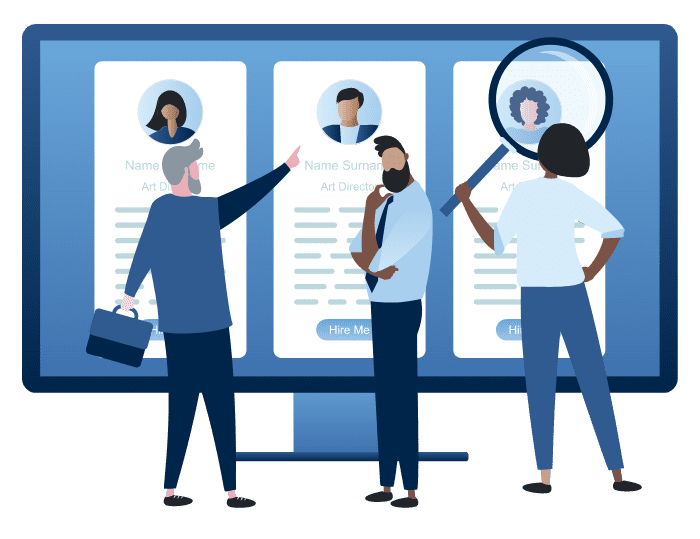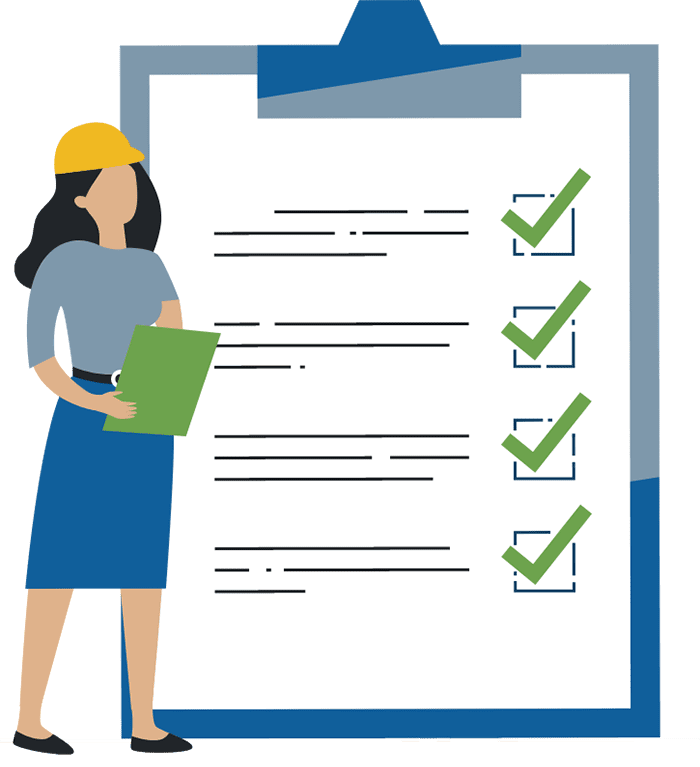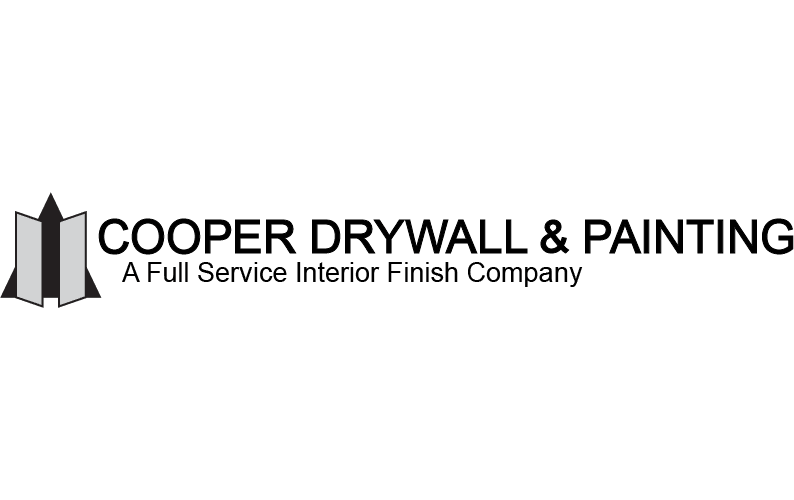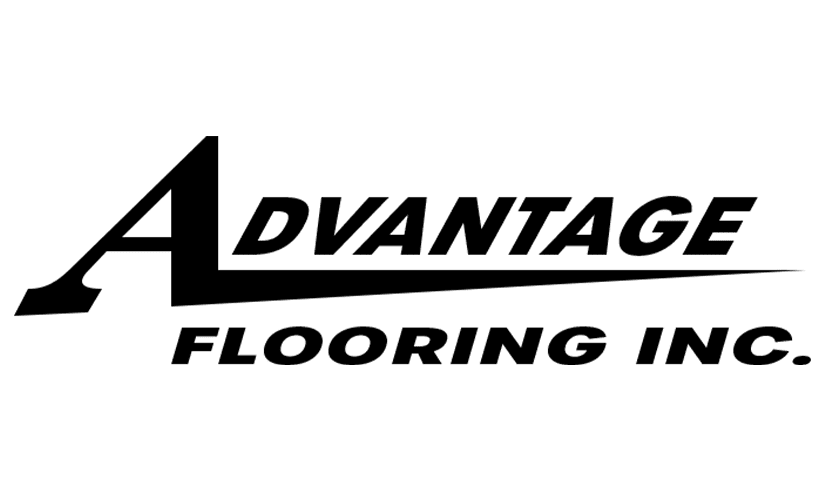The Complete Employee Onboarding Guide
How to Build an Onboarding Program that Helps You Fuel Retention, Productivity and Growth
Every new employee is a new opportunity. The contribution they will make to your organization depends in part on the employee and in part on the experience you create for them. And their experience with your organization begins even before their first day of work.
In today’s business environment, there are lots of touch points that add up to a great employee experience.
Growing companies need to add talent. But even those without expansion plans will have openings when employees leave, retire, become disabled or even shift to part time.
Hiring the right people requires a lot of effort, so it’s important they stick around.
The First Year
The first year is somewhat precarious for your employer/employee relationship. New employees don’t have relationships to keep them with you. Employees are often looking to build their careers and reputations and if they don’t see a clear path forward at your organization, they may be open to opportunities elsewhere. When onboarding is done right, it lays the groundwork for employees to succeed in several areas:
- Building relationships
- Fitting with the culture
- Developing and maintaining skills
- Designing a career path

Good Onboarding Creates Long-Term Employees
- Required paperwork
- Required and skill-building training
- Goal setting and performance management
- Check-ins and feedback

On-Site vs. Remote Onboarding
All onboarding is not the same. Your onboarding rollout may vary depending on whether your employee will be remote or on-site. Technology offers obvious solutions for overcoming the challenges of information collection, but you also want to build a connection with your employee. There’s some extra planning involved when onboarding remote employees if you want to build relationships that foster loyalty and engagement. quickly.

54% of Companies are finding it hard to fill positions

Only 12% of people say their company does a good job of onboarding
Training and Compliance: The Essential Onboarding Elements
Training will be part of almost any onboarding process although specifics and needs will vary depending on your industry. Remember that onboarding is your chance to get employees started on the right foot with the knowledge they need to perform well. They might not be as available for training at any other point in their employee journey so put some careful thought into the learning you provide at this stage.
Compliance is a subject you can’t ignore as you build your onboarding program. Beside the basic documentation every employer must collect, make sure you design your program to meet any special compliance requirements for your industry.
When done right, your onboarding program will set new employees up for success. You will reap the benefits as your employees become productive more quickly and remain engaged and loyal to your organization.
The elements of a well-planned and well-executed onboarding process:
- Give employees the information they need about the company and folds them into the culture
- Help them become engaged members of the team
- Provide the tools and training they need to do their jobs effectively
Consider onboarding a process that both orients the new employee and also builds the knowledge and working relationships that will help someone become a high-performing team member who wants to stay and grow with your company.


You're In Good Company with Arcoro





